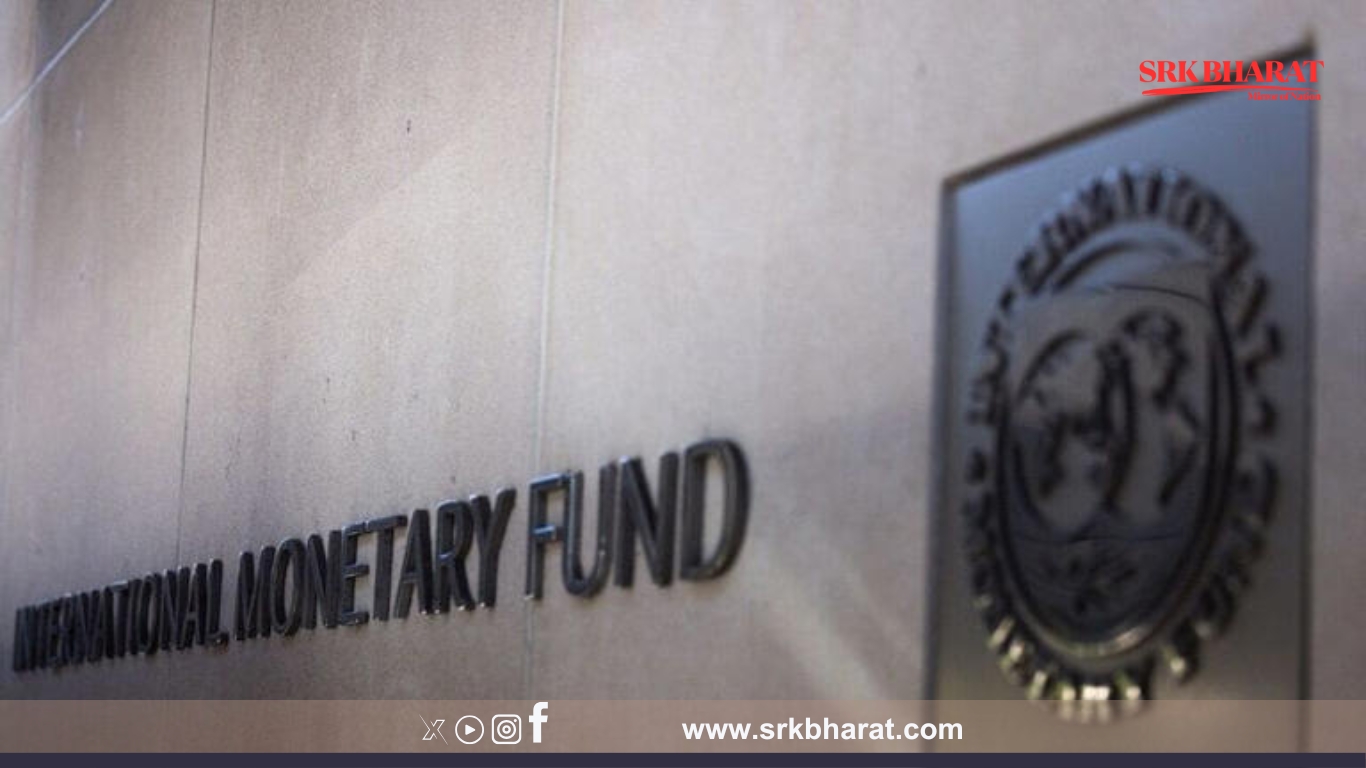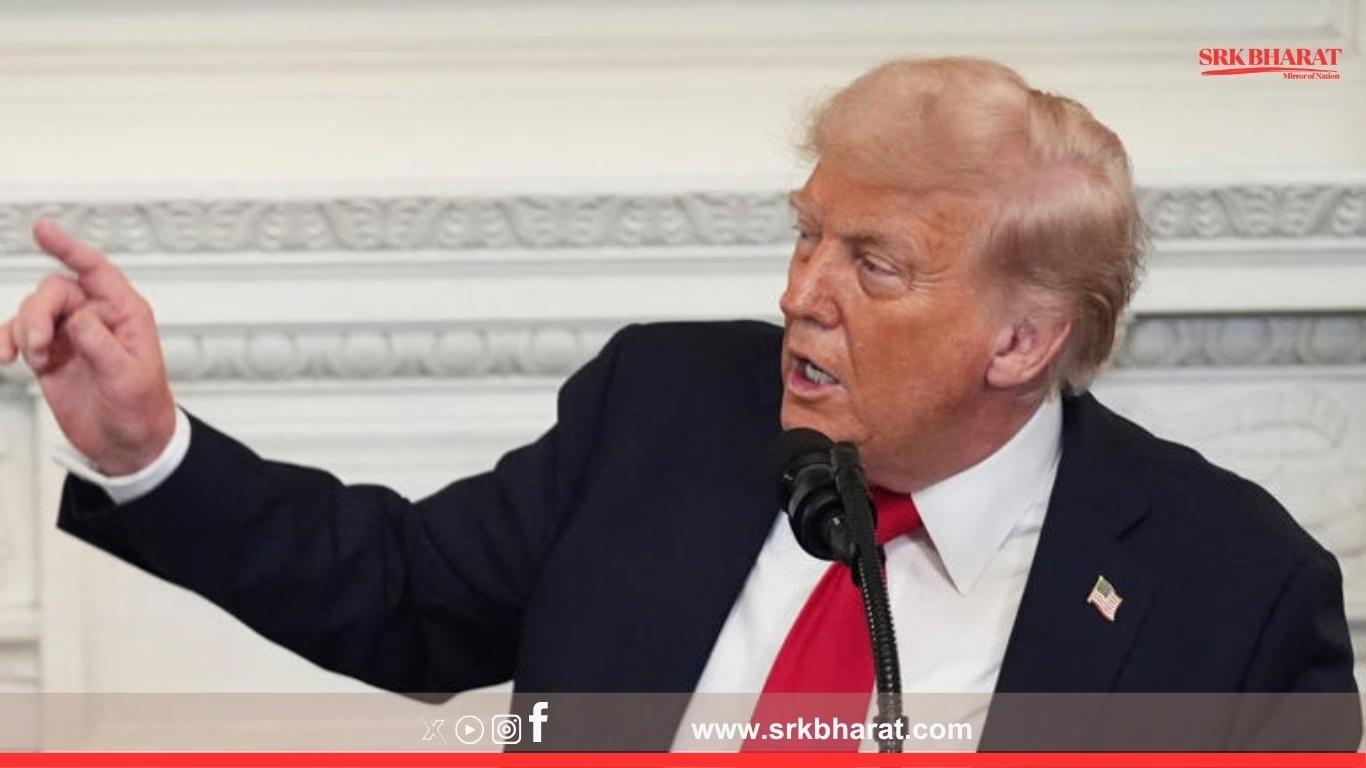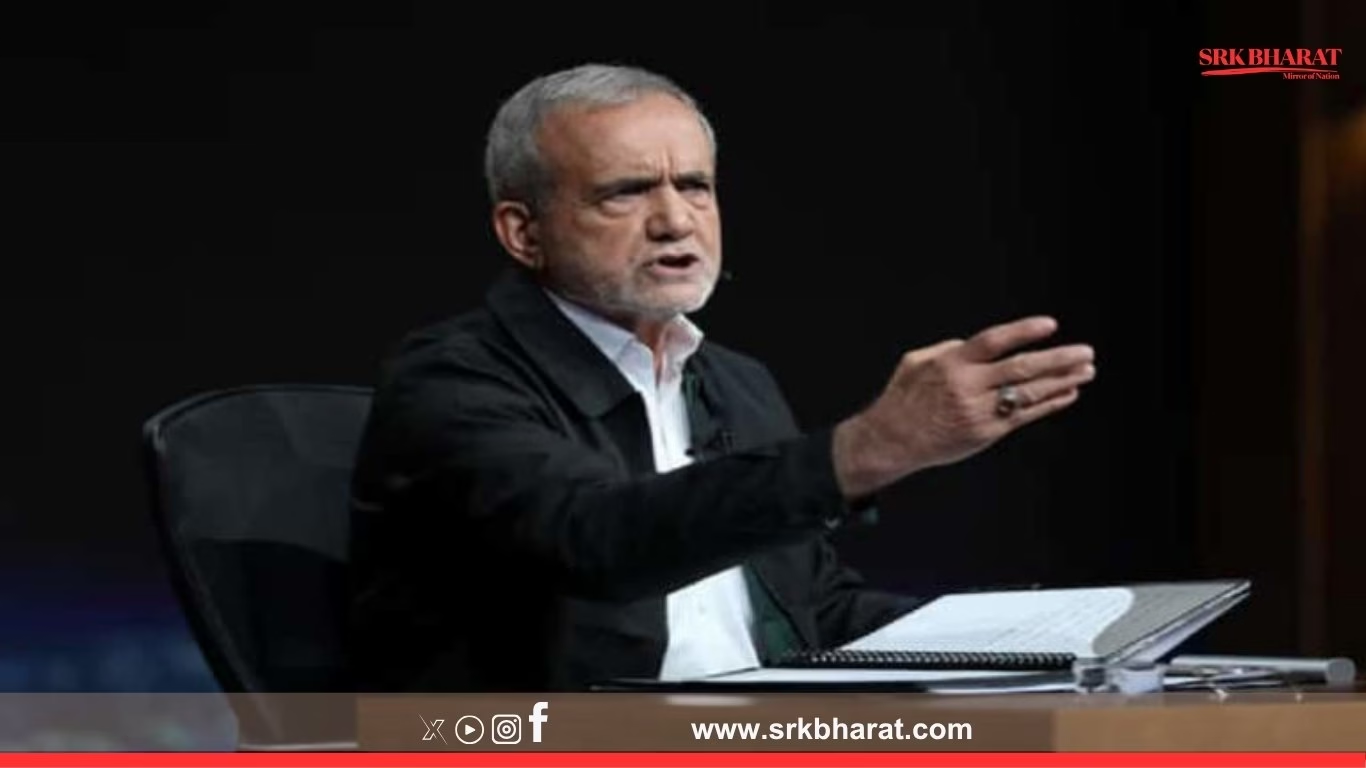The International Monetary Fund (IMF) has approved bailout packages for Pakistan and Bangladesh, aimed at stabilizing their economies amid mounting external debt and currency crises. While Pakistan has secured $1 billion, Bangladesh is set to receive $1.3 billion in June, following the fourth review of its $4.7 billion loan program.
When Does the IMF Provide Bailouts?
Countries typically seek IMF assistance when facing severe macroeconomic challenges, such as:
- Currency crises leading to rapid depreciation
- Dwindling foreign reserves affecting import capacity
- Mounting external debt causing repayment difficulties
- Structural economic weaknesses requiring long-term reforms
IMF Lending Conditions
IMF bailouts come with strict policy conditions, ensuring recipient countries implement economic reforms to address underlying financial instability. These conditions include:
- Fiscal Transparency & Tax Reforms – Countries must improve revenue collection and reduce fiscal deficits.
- State-Owned Enterprise Reforms – Governments must restructure loss-making public sector units.
- Exchange Rate Adjustments – Bangladesh, for instance, has agreed to adopt a market-based exchange rate to secure its next tranche.
- Subsidy Reductions & Fiscal Discipline – Pakistan’s bailout under the Extended Fund Facility (EFF) requires broadening the tax base and reducing subsidies.
Bangladesh vs. Pakistan: Key Differences
While IMF conditions remain uniform, the structure of bailouts differs:
- Bangladesh’s $4.7 billion package is spread across Extended Credit Facility (ECF), Extended Fund Facility (EFF), and Resilience and Sustainability Facility (RSF).
- Pakistan’s $7 billion package is primarily under the EFF, focusing on medium-term economic stabilization.
Conclusion
IMF bailouts serve as lifelines for struggling economies, but they come with rigorous conditions to ensure long-term financial stability. As Pakistan and Bangladesh implement reforms, their economic recovery will be closely monitored by global financial institutions.











